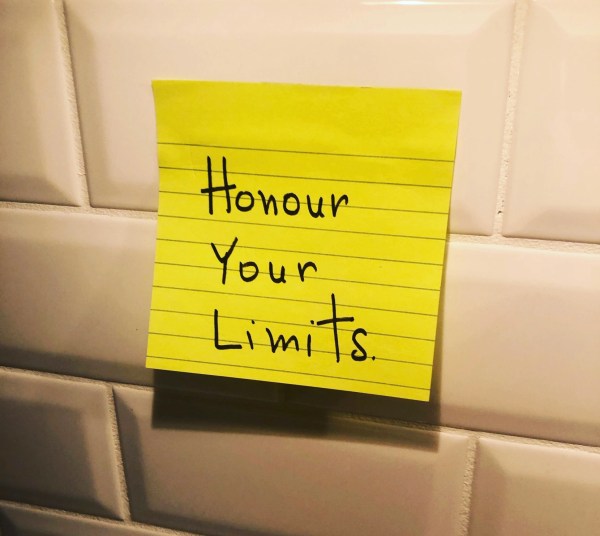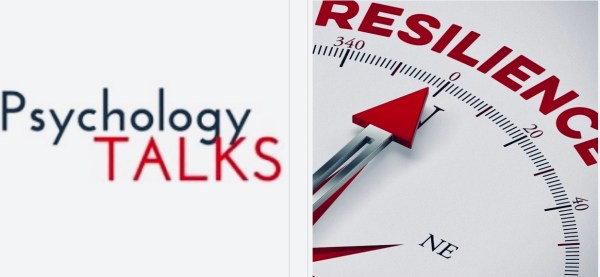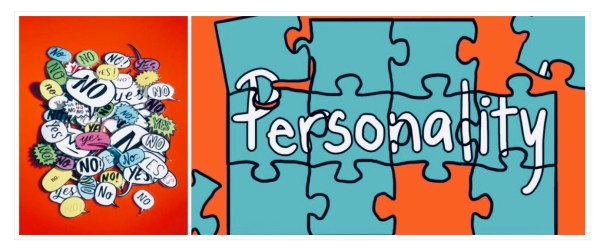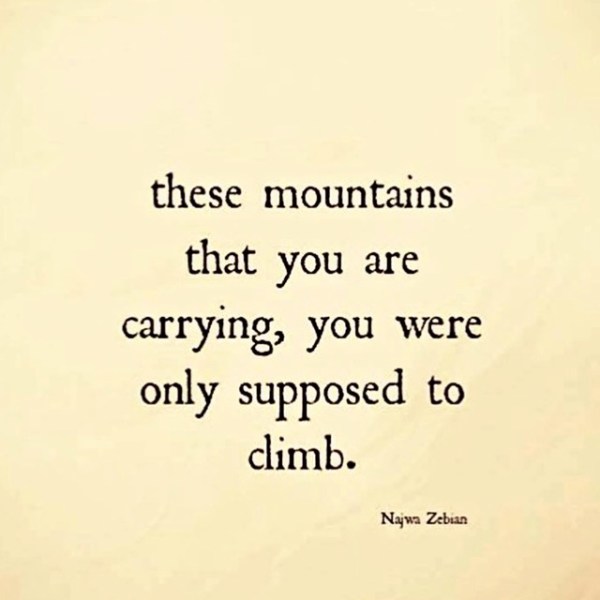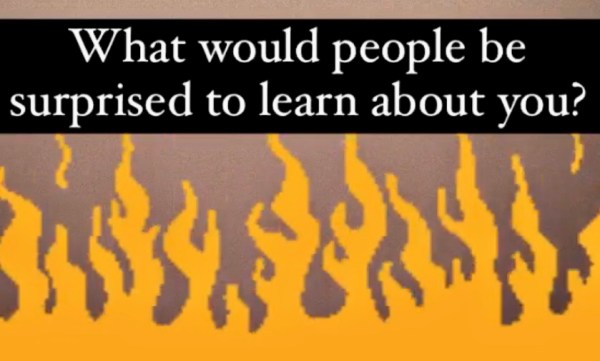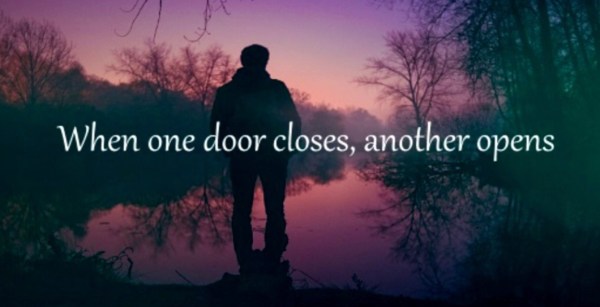Today’s Reminder That You Are Human Honour Your Limits. In every area of your life. It’s not a race. It’s a lifetime. Pace Yourself The world needs what you have to give — long-term. In every area of your life. It’s not a race. It’s a lifetime. https://youtu.be/RK7EzyPXRPA
The moment of surrender is not when life is over. It’s when life begins.
https://youtu.be/W7dz0FvnkxY?si=WEfPsjb9TVnDgRTK Surrender is not giving in. Surrender is not giving up. It is trusting in something bigger than yourself. Something you can’t quite see. https://youtu.be/I7YD4A900-4 Quietly unfolding. Slowly expanding. In your favour. Behind the scenes.
Failure as Feedback
"Every adversity, every failure, every heartache carries with it the seed of an equal or greater benefit." With time, I have come to realize that failure has always been my greatest teacher. Each failure pointed me in a better direction and helped me to develop strength and authenticity, ultimately unveiling who I was and what... Continue Reading →
Acceptance: Your Peace Depends on It
Acceptance and peace go hand in hand. Watch Video — Click Here Consciously accept the good and the bad that exists in your life. The rain and the sunlight. The shadow and the light. Shift your focus. Change your life. Accepting what is does not lower the bar. Quite the opposite. Acceptance shines a spotlight on... Continue Reading →
Student Resilience and Success (YouTube Video)
Resilience & Success In this 8 minute video, I describe three resilience tips for student success: 1. CONNECT 2. CREATE 3. THRIVE https://m.youtube.com/watch?v=3OXADYU-pQs&app=m&persist_app=1 Hold On STAY STRONG “Be Fearless in Pursuit of What Sets Your Soul on Fire.” There will always be obstacles. The question is — do you see them as roadblocks or stepping... Continue Reading →
Celebrate how far you’ve come.
Today let’s celebrate all the dreams that came true. Merely an idea 5 years ago. It is so easy to get lost in our hopes and motivations for the future. Without realizing how many of aspirations we have already achieved. Together let’s honour how far we’ve come. Only then will we have the fuel and... Continue Reading →
Celebrate Who You Are: One Size Does Not Fit All
https://youtu.be/0ccXnA3GCME Boundaries, Personality, and Saying No Do you have a difficult time saying no? While others in your life say no without a second thought. Is this confusing and at times upsetting for you? Are you hard on yourself because of this discrepancy between yourself and others? You may be interested to discover that Saying... Continue Reading →
Breathe. Trust. Let Go.
Trust that everything is working out as it should. In divine time. In divine order. For your highest good. 'These mountains that you are carrying, you were only supposed to climb.” Breathe. Trust. Let Go.
Rest in Truth
Truth is truth Let them talk. Let them chatter. Let them say what they choose to say. Because at the end of the day truth is truth. And nothing can stand in its way Rest. Relax. Sit back. Breathe in deep. Stop trying to convince anybody and everybody of anything and everything. At the end of the day... Continue Reading →
First impressions
I met a delightful group of people at a dinner party Saturday night. Which of course, like all social occasions, got my psychologist mind percolating. Particularly when one of the guests leaned in halfway through dinner and stated: “Andrea, you seem like the kind of person who never worries”. At which point my husband laughed very... Continue Reading →
You have the power to change the story!
What are the most powerful words in the universe? The ones you use to talk to yourself. Choose the words that move you forward, the emotions that lift you up, and the actions that empower you. Believe in the one reason that a difficult situation will work out. You! You have everything it takes to... Continue Reading →
Breathe and Receive.
When I'm struggling to get through a difficult day, I look to the trees for inspiration and refuge. All they do is give. And all we need to do is receive. Again and again. With every single breath. And every single step. Peace lives here.
Trust the music.
Stop expecting others to validate what you hear (see and feel). The music is not "out there". The music is in you. A beautiful melody that only you can hear. Listen. Be still. Take a long deep breath. Fear not who you are. Fear not what you hear. You are the symphony. Trust the music that... Continue Reading →
Are you a highly sensitive person (HSP)?
Psychology Reflection Questions Do you experience more stress than the average person? Are you overly sensitive to external stimuli? Chances are, there is nothing wrong with you or your coping strategies. Instead, your brain may be more sensitive to stress than the average person. You may in fact, be what Dr. Elaine Aron has coined "A Highly Sensitive... Continue Reading →
You hold the key.
Even though we often have little control over the “outside forces” in our lives, we can always make a positive difference - from the inside out. Start here. Right here. Right now. Be still. Breathe in gratitude. Be thankful for this very moment. Start small. Notice your passing thoughts. Let go. Awareness empowers. Notice the exact... Continue Reading →
7 Ways to Feel Strong in the Midst of Failure
Take a long deep breath. Be still. Don't Rush. Find a safe place to challenge your fears and beliefs. Take a long walk. Eat a nourishing meal. Learn something new. Have Fun! Self-Discover. Imagine. Envision. Explore and Begin Again! Sometimes good things fall apart so great things can fall together.
What’s your stress threshold?
Recently, a fellow blogger asked an excellent question regarding tipping points and stress response. They were curious to know if each of us has a tipping point when it comes to stress management. And if so, how does it differ from person to person. I love questions like this because they encourage me to dig deep, reflect,... Continue Reading →
New beginnings.
New beginnings. Fate. Destiny. And back again. New beginnings. Full of fright. Hope. Trepidation. Exaltation. Panic. And back again. New beginnings. Lost footing. Found fortune. Full moons. Rainy nights. Sun drenched days. And back again. New beginnings. Rough and tumble. Joyful. Sadness. Overwhelm to underwhelm. And back again. New beginnings. Misplaced dreams. Found sanctuary. Outstretched hands. Yearning heart.... Continue Reading →
My wish for you today.
Treat yourself to kindness.All day long.💛💫
The Sweet Spot
Nowhere else to be That moment in the day when you realize you have arrived. And the most interesting part is that you haven't gone anywhere. Instead, you finally come home to the present moment. The here and now. The sweet spot. The only place there is.
